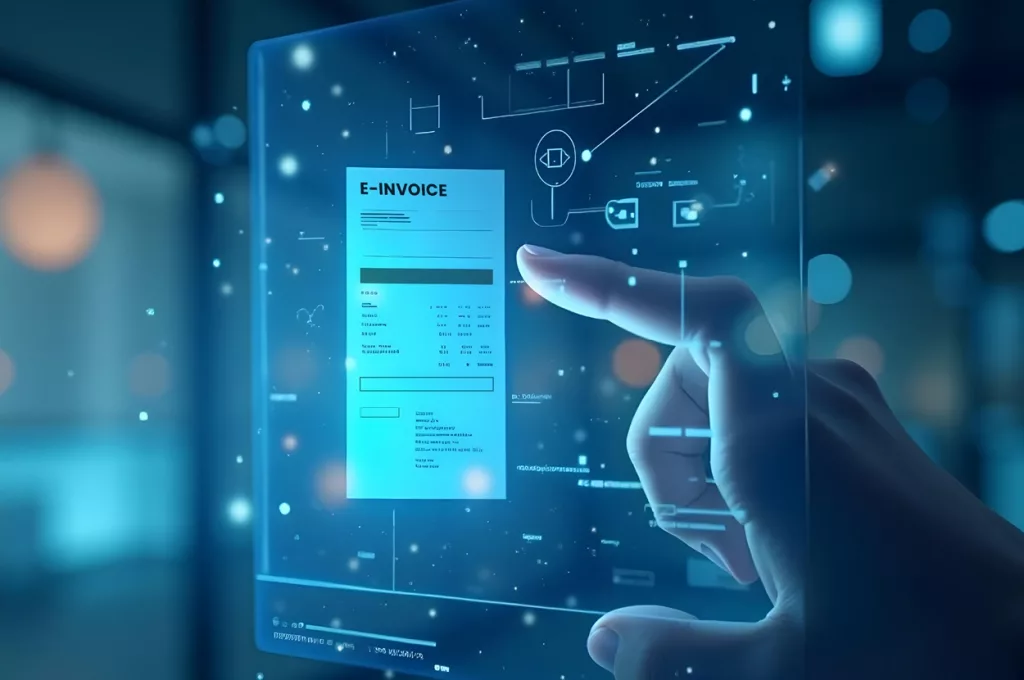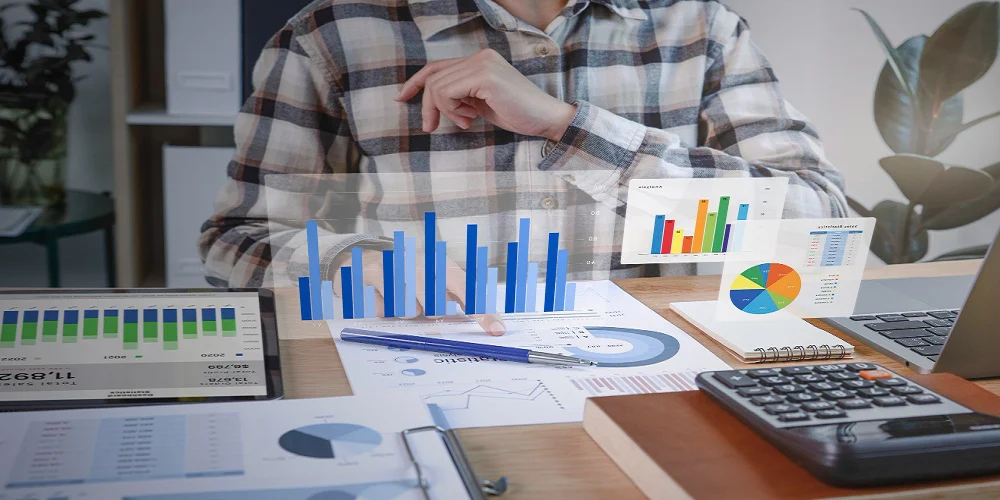Introduction
Goods and Services Tax Singapore (GST), introduced on 1st April 1994, is a broad-based consumption tax levied on the supply of goods and services and import of goods in Singapore. GST Singapore is a value-added tax, which means tax is levied on each stage of the supply chain, where the businesses can claim credits of GST paid on inputs, and the ultimate tax burden falls on the end consumer.
Singapore GST compliance is administered by the Inland Revenue Authority of Singapore (IRAS), which is designed to be a fair and efficient tax system, generate revenue for the government, and, at the same time, keep a low tax burden on taxpayers.
Businesses need to understand GST as it can impact product and service pricing, cash flow, compliance, economic activities, maintain competitiveness, etc in the business market.
Efficient Singapore GST compliance helps businesses register on time, issue correct invoices, file returns, claim ITC, pay GST, and perform accurate financial reporting, thereby avoiding penalties imposed by IRAS.
In this blog, we will explore understanding goods and service tax in Singapore, how it works, rates, process, compliance readiness, etc.
Current GST Rate in Singapore
Standard taxable rate: In GST Singapore, the standard rate of 9% is applicable on the import or local sale of goods or services, effective from 1st January 2024.
Zero-rated supplies: A rate of 0% applies to the export of goods and provision of international services.
Who Should Register for GST Singapore?
Mandatory registration requirements:
Businesses must take GST registration if their taxable turnover is:
- Under retrospective view: More than $1 million at the end of the calendar year.
- Under prospective view: Expected to cross $1 million in the next 12 months.
What is taxable turnover?
Taxable turnover means the total value of all taxable supplies made in Singapore in the course or furtherance of business. It includes:
- Standard-rated supplier, i.e., supply of goods and services, including imported low-value goods to unregistered individuals and businesses.
- Zero-rated supply
And excludes,
- Exempt Supplies
- Out-of-scope supplies
- Sale of capital goods
What is retrospective and Prospective View?
Retrospective view: If the taxable turnover at the end of the calendar year is more than $1 million, businesses apply for registration by January 30 and get registered on 1st March.
Prospective view: If businesses expect their taxable turnover to cross $1 million in the next 12 months, then they can take registration with 30 days from the date of forecast, and on the 31st day, the businesses will be GST registered.
However, on 28th Feb 2025, the second MOF announced that businesses that were earlier liable to charge GST from the 31st day will now get a grace period of two months to start charging GST. This is effective for businesses registering under the prospective view on or after 1st July 2025. However, the registration application must be made within 30 days as stated above.
Voluntary Registration
If businesses are not liable to GST registration, they may choose voluntary registration after careful consideration.
Reverse Charge and Overseas Vendor registration
- Through the reverse charge rules, if your business gets services from suppliers abroad or imports low-value goods and can’t claim full input tax credit even if already GST-registered.
- Through the overseas vendor registration system, if you’re an overseas supplier, a local or overseas electronic marketplace operator, or a redeliverer. This applies if you’re supplying services (both digital and not) or importing low-value goods to individuals or companies in Singapore that are not GST-registered.
Exemption from GST registration
If the taxable turnover comes entirely from zero-rated supplies, and the business has submitted an application for an exemption from registration.
If a business falls under GST registration based on a retrospective view, and not under a prospective view, and also meets the necessary conditions.
- The business is sure that the taxable turnover in the next 12 months will not cross $1 million.
- The expected drop in taxable turnover is caused by specific circumstances.
- There should be documents to prove the prediction.
You still need to keep checking your taxable turnover at the end of the upcoming calendar year.
GST Exemptions & Input Tax Claims
Supplies Exempt from GST
Supplies that are exempt from GST include:
- The provision of financial services;
- The supply of digital payment tokens (with effect from 1 Jan 2020);
- The sale and lease of residential properties; and
- The import and local supply of investment precious metals (IPM).
Out of the scope supplies
Out-of-scope supplies include the sale of goods not brought into Singapore, sales of overseas goods made within the Free Trade Zone and Zero GST Warehouses, and private transactions.
GST need not be charged on exempt supplies and out-of-scope supplies.
Input tax credit and Conditions for claiming ITC (Input tax claims)
Input tax credit is the GST paid by a GST-registered business on goods or services used for making taxable supplies (standard-rated or zero-rated supplies), including reverse charge supplies and import of goods or services. The business can deduct this input tax from the output tax it charges on its sales, reducing the net GST payable to the IRAS or increasing the refund claimable.
ITC can be claimed on the purchases only if the following conditions are fulfilled:
- You are GST-registered;
- The goods or services are supplied to you or imported by you.
- The goods or services are used or will be used for the purpose of your business.
- Local Purchases are supported by valid tax invoices addressed to the receiver or simplified tax invoices at the time of the ITC claim.
- Imports are supported by import permits that show that you are the importer of the goods and other supporting documents, such as the supplier’s invoices and relevant transport documents.
- Be directly attributable to taxable supplies (standard-rated or zero-rated) or out-of-scope supplies that would be taxable if made in Singapore.
- Not be disallowed under Regulations 26 and 27 of the GST (General) Regulations (e.g., for non-business expenses or specific blocked inputs).
- Not be part of a Missing Trader Fraud arrangement, with reasonable steps taken to verify this
GST Filing and Payment
GST returns and payments are to be filed quarterly, one month after the end of the quarter covered by the return. For the GIRO plans for GST payments, GIRO deductions are on the 15th day of the month after the payment due date.
For example, for the quarter Jan-Mar, the return filing and GST payment are due on 30th April. For the GIRO plan, the return filing will be due on 30th April and the payment on 15th May.
What is e-Invoicing, InvoiceNow, IMDA, and it’s relation to Taxation
InvoiceNow: InvoiceNow is a nationwide e-invoicing network based on the Peppol standard that facilitates the sending and receiving of invoices in a structured digital format directly from one ERP to another ERP through certified access points.
Business will be operating the InvoiceNow ready solution, which is an accounting and finance solution used for the transmission of invoices by businesses via the InvoiceNow network. Voluntary adoption by GST registrant businesses to use the InvoiceNow ready solution and start transmission of invoice data to IRAS started from 1st May 2025.
PEPPOL Framework: Singapore is the first Asian country to adopt the PEPPOL framework, which facilitates the standard invoice format and processing of e-invoices. PEPPOL defines how an invoice is generated, formatted, validated, and exchanged. The PEPPOL framework facilitates direct ERP-to-ERP invoice transmission in a structured format through Peppol access points.
IMDA certifies and approves access point providers for the Peppol network to facilitate compliance with international standards.
Initially, IMDA was working on the 4-corner model PEPPOL framework, where the 1st corner is the supplier, 2nd is the supplier’s access point, 3rd is the receiver’s access point, and 4th is the receiver.
Now InvoiceNow-ready solutions will be connected to IRAS through an access point, considered as the 5th corner, which requires businesses to report the invoice to IRAS.
Latest e-invoicing implementation timeline
| e-invoicing Applicability | Implementation timeline |
| Voluntary adoption by GST registrant businesses to use the InvoiceNow ready solution and start transmission of invoice data to IRAS | 1st May 2025 |
| Newly incorporated businesses taking voluntary GST registration has to transfer invoice data to IRAS through the InvoiceNow Solution | 1St November 2025 |
| All new voluntary GST registrants are required to send invoice data to IRAS through the InvoiceNow solution | 1st April 2026 |
Why E-Invoicing Is Critical for GST and Tax Compliance
Although Sections 19 and 39 of the Goods and Services Tax Act and valid documents as necessary for the deduction of business expenses u/s 14 of the Income Tax Act do not explicitly mention the requirement of e-invoicing.
However, it indirectly mandates e-invoice as a valid tax invoice for claiming ITC and a valid document for expense deduction in corporate Income Tax.
Further, the IRAS e-Tax Guide mandates that, from 1 November 2025 for newly incorporated GST registrants and 1 April 2026 for all new voluntary registrants, only e-invoices validated via InvoiceNow-Ready Solutions are eligible for ITC.
Top GST Compliance Tips
The goods and services tax in Singapore is wide and has various compliances. Ensuring accurate compliance to avoid penalties and being audit-ready is vital. Here are a few compliance tips for businesses.
- Ensure your business registers on time as per the registration requirements.
- Gain knowledge on GST compliance and e-invoicing to ensure there is no compliance gap.
- Make sure you classify your supplies as standard-rated at 9%, zero-rated, or exempt. This helps you charge the correct GST and claim input tax.
- Integrate the InvoiceNow solution and issue an e-invoice according to the PEPPOL framework.
- File your quarterly returns before the deadline to avoid paying a penalty of S$200 per missed return, along with potential additional fines.
- Claim input tax only on business expenses for taxable supplies, avoiding errors on exempt or personal expenses.
- Keep invoices and returns for 5 years, using digital tools for organization and audit readiness.
- Use tools like Cygnet Tax for automated return preparation, data validation, and ERP integration to reduce errors.
- Follow IRAS announcements about changes in rates and stay informed through e-Tax Guides or tax consultants.
- Check your internal GST practices often to spot any issues and be ready for audits when they happen.
How Cygnet Can help in E-Invoice Compliance
Cygnet offers a comprehensive e-invoicing solution tailored to business goals and IMDA requirements. Cygnet is a certified PEPPOL access point provider enabling businesses to generate and send e-invoices seamlessly through the InvoiceNow network.
Cygnet offers seamless integration with SAP, Oracle, and other ERP and accounting systems to ensure end-to-end automation. Cygnet also supports bulk invoices and real-time invoice validation, processing, and reporting. Cygnet also provides dashboards to monitor invoice status and various other statistics.
With Cygnet’s e-invoicing solution, businesses get enhanced operational efficiency, cost savings, improved accuracy, enhanced compliance, scalability, flexibility, robust data security at rest or in transit, and enhanced decision-making resources.
Conclusion
Navigating the complexities of GST Singapore is crucial for businesses to ensure Singapore GST compliance and thrive in a competitive market. The goods and services tax Singapore, overseen by IRAS, demands timely registration, accurate supply classification, and adherence to filing and e-invoicing standards like InvoiceNow and PEPPOL.
By utilizing tools like Cygnet Tax for automation and staying updated on regulations, businesses can streamline compliance, optimize input tax credits, and avoid penalties, fostering operational efficiency and financial accuracy in Singapore’s dynamic economy.











